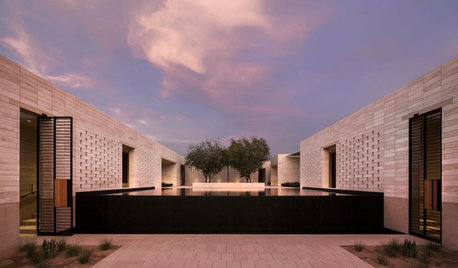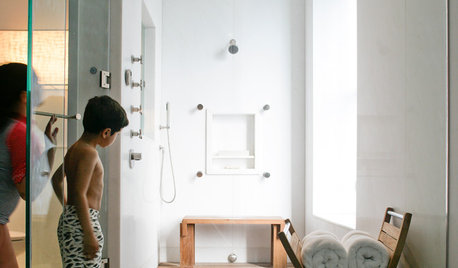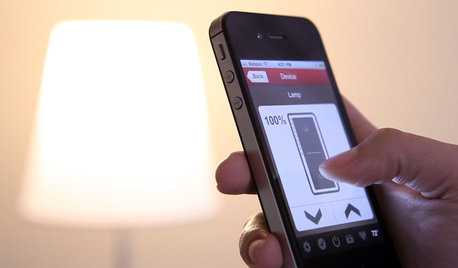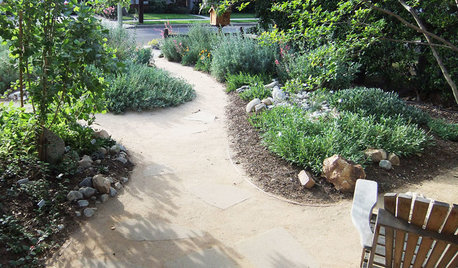How much should the temperature of irrigation water controlled?
organic_wonderful
12 years ago
Related Stories

GARDENING GUIDESHow to Install a Drip Irrigation System
Save time and water with a drip watering system in your vegetable garden — a little patience now will pay off later
Full Story
ARCHITECTUREModern Homes That Control the Sun
See architecture that creates shade and manages temperatures — and offers some much-needed visual escapism
Full Story
BATHROOM DESIGNHow to Place Shower Controls for Bathing Bliss
Body jets, handhelds and showerheads are only as good as their placement. Here's how to get it right
Full Story
HOME TECHSwitch On the Phone-Controlled Home
Lock your front door from afar, let your thermostat set itself and more when you use your phone as a control device
Full Story
EARTH DAYGrow a Beautiful Garden With Ecofriendly Greywater
Reducing home water waste means lower bills and a healthier planet. Here's how to set up a greywater home irrigation system that can help
Full Story
GREEN BUILDINGHow to Harvest Rainwater for Your Garden
Conserve a vital resource and save money by collecting stormwater for irrigation in a barrel or tank
Full Story
GARDENING GUIDES5 Things to Know About Watering Your Native Garden
Ensure the success of your new plantings with a smart approach to irrigation
Full Story
SAVING WATER11 Ways to Save Water at Home
Whether you live in a drought-stricken area or just want to help preserve a precious resource, here are things you can do to use less water
Full Story
GREEN DECORATINGEasy Green: Big and Small Ways to Be More Water-Wise at Home
These 20 tips can help us all make the best use of a precious resource. How do you save water in summer?
Full Story
SAVING WATERXeriscape Gardens: How to Get a Beautiful Landscape With Less Water
Conserve water and make gardening much easier with the xeriscape approach’s 7 principles
Full Story








calistoga_al ca 15 usda 9
tapla (mid-Michigan, USDA z5b-6a)
Related Professionals
Wheeling Landscape Architects & Landscape Designers · Arlington Landscape Contractors · Avocado Heights Landscape Contractors · Las Vegas Landscape Contractors · Middleton Landscape Contractors · Tamarac Landscape Contractors · Richmond Window Contractors · Greenburgh Window Contractors · Greenwich Window Contractors · Antelope Fence Contractors · Brooklyn Fence Contractors · Lincolnwood Fence Contractors · Prior Lake Fence Contractors · South San Francisco Fence Contractors · Whitman Fence ContractorsJoe1980
greenman28 NorCal 7b/8a
tapla (mid-Michigan, USDA z5b-6a)
jodik_gw
organic_wonderfulOriginal Author
zubababy
jodik_gw
tapla (mid-Michigan, USDA z5b-6a)
maple_grove_gw
László Lajos Jánszky